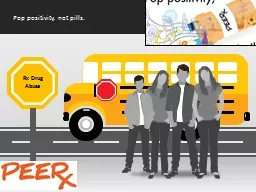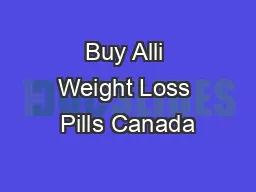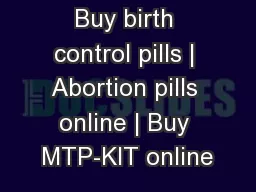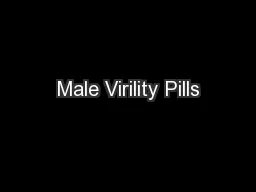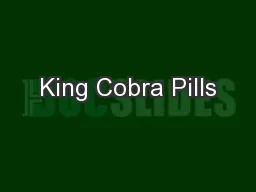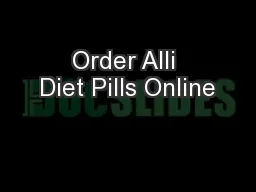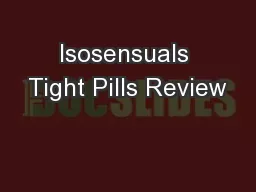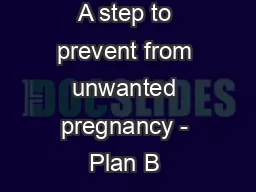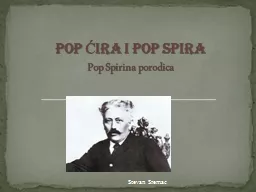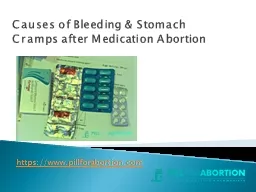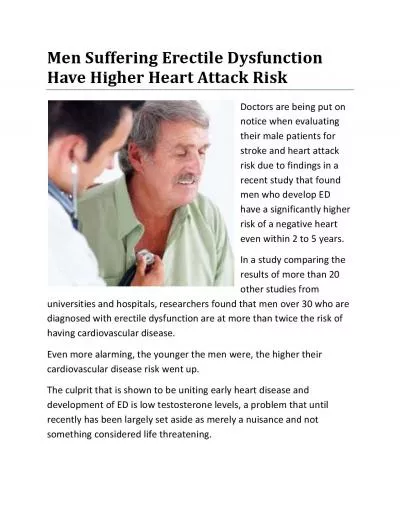PPT-Pop positivity, not pills.
Author : alexa-scheidler | Published Date : 2018-10-27
Rx Drug Abuse PostSurvey PreSurvey Opioids Depressants Marijuana Stimulants Outline Myth Prescription drugs are safer to abuse than other drugs because they are
Presentation Embed Code
Download Presentation
Download Presentation The PPT/PDF document "Pop positivity, not pills." is the property of its rightful owner. Permission is granted to download and print the materials on this website for personal, non-commercial use only, and to display it on your personal computer provided you do not modify the materials and that you retain all copyright notices contained in the materials. By downloading content from our website, you accept the terms of this agreement.
Pop positivity, not pills.: Transcript
Download Rules Of Document
"Pop positivity, not pills."The content belongs to its owner. You may download and print it for personal use, without modification, and keep all copyright notices. By downloading, you agree to these terms.
Related Documents

